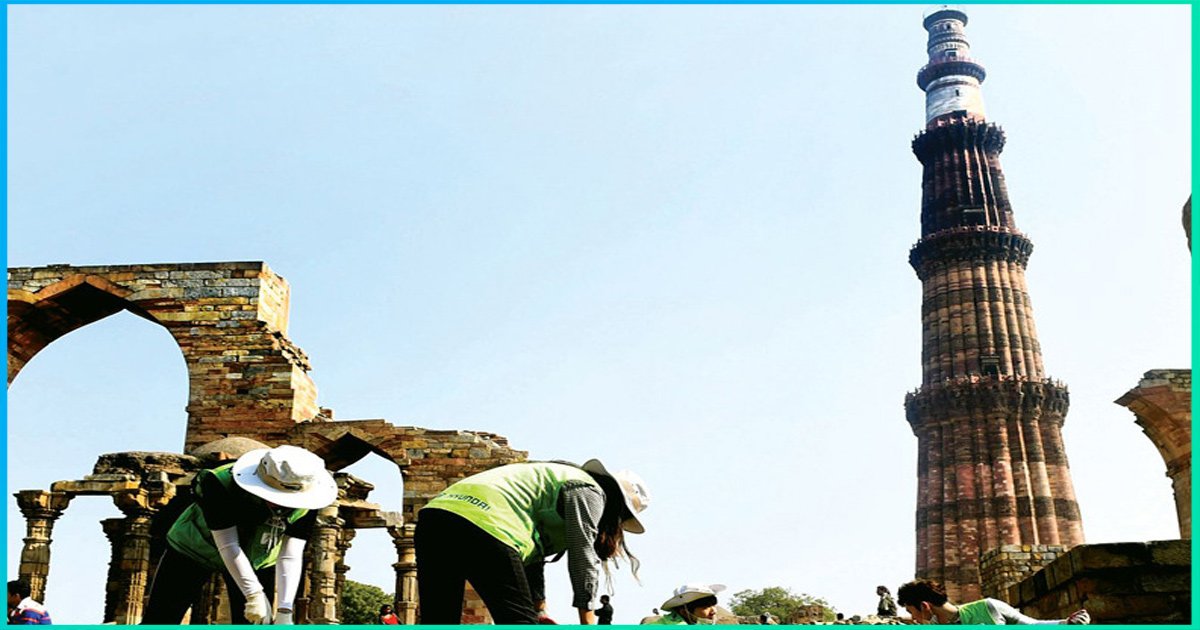
Parliament Passes Bill Allowing Government To Carry Out Infrastructural Activities Near Protected Monuments
4 Jan 2018 10:15 AM GMT
Editor : Pooja Chaudhuri
The only fiction I enjoy is in books and movies.
A bill allowing the government to construct buildings in the premises of protected monuments was passed in Lok Sabha on Tuesday. The bill allows construction within 100 metres of ancient and protected monuments, only under certain conditions. The members of the Parliament have supported the bill irrespective of party lines.
The bill proposes amendments in the legislation to the 1958 Act that prohibits carrying out any public work, project or other constructions in any prohibited area around protected monuments. The existing law described ‘prohibited area’ as land in the 100-metre radius around a protected monument. At present, construction is not allowed in such areas except for repair and renovation works, reports The Times of India.
The amendment holds that public works including infrastructure activities carried out by the central government for public safety and security will only be allowed after considering the archaeological, heritage and cultural impact.
“The work on the projects will only be allowed in the case when it benefits the country and not an individual or any private organisation. The works in prohibited areas will be allowed when there were no other options,” said culture minister Mahesh Sharma, according to a report by Zee News.
At present, construction works are not allowed in the prohibited areas except for repair and renovation works. The government said the need was felt to amend the law to allow construction works related to infrastructure carried out by any department or office of the central government for public purposes which are necessary for the safety or security of the public at large, reports The Economic Times.
What Is A Protected Monument?
Archaeological Survey of India defines Protected Monument as an ancient monument which is declared to be of national importance. Currently, there are more than 3,600 monuments and sites that are centrally protected under the jurisdiction of the Archaeological Survey of India.
 All section
All section













